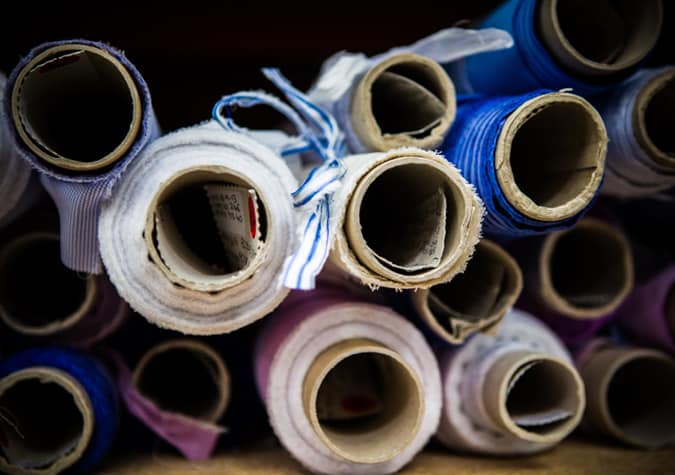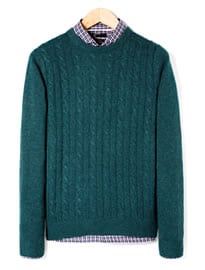An Expert Guide To Pattern Mixing
Of all the tenets of dressing well, ‘do not clash patterns’ seems like one that should always hold water. Deliberately playing around with prints and patterns is to design an outfit that looks like it shouldn’t go together. How could that be stylish?
Even the most rebellious of subcultures throughout history were loath to mix and match motifs because, in the end, even if you’re advocating chaos and disruption of the status quo, you want to look at least coherent while doing so.
Oh, how things have changed. These days, dressing with discord has become a badge of honor, with plaids and stripes now co-existing in menswear harmony (kind of).
There are rules to follow, though, even when throwing out the rulebook. So before you get all Jackson Pollock on your wardrobe, use this guide on how to combine, clash and carry-off the punchiest of fashion clashes.
First, get to know the key patterns to play with.
Key Patterns
Checks
Arguably the most popular pattern (on account of being the one guys find most easy to wear), checks have infiltrated every corner of the wardrobe, from suiting and knitwear right through to streetwear.
The check gene pool is deep and rich with variation, from subtle windowpanes, herringbone and Prince of Wales to bolder buffalo styles, tartan plaid and Madras.
A check-on-check look is surprisingly simple to pull off provided both are noticeably different and aren’t competing for attention. “The joy of checks is the infinite variety of combinations if you just apply some imagination,” says stylist Eric Down, who has dressed the likes of David Gandy, Tinie Tempah and Chris Hemsworth. “The key is to vary the size.
“Know your blanket from your plaid and be au fait with houndstooth, gingham, windowpane, Black Watch tartan and Prince of Wales checks. Then mix and match. A dramatic oversized windowpane check teamed with a medium blanket check and a micro puppytooth check might sound nightmarish but [it can be done] well.”



















